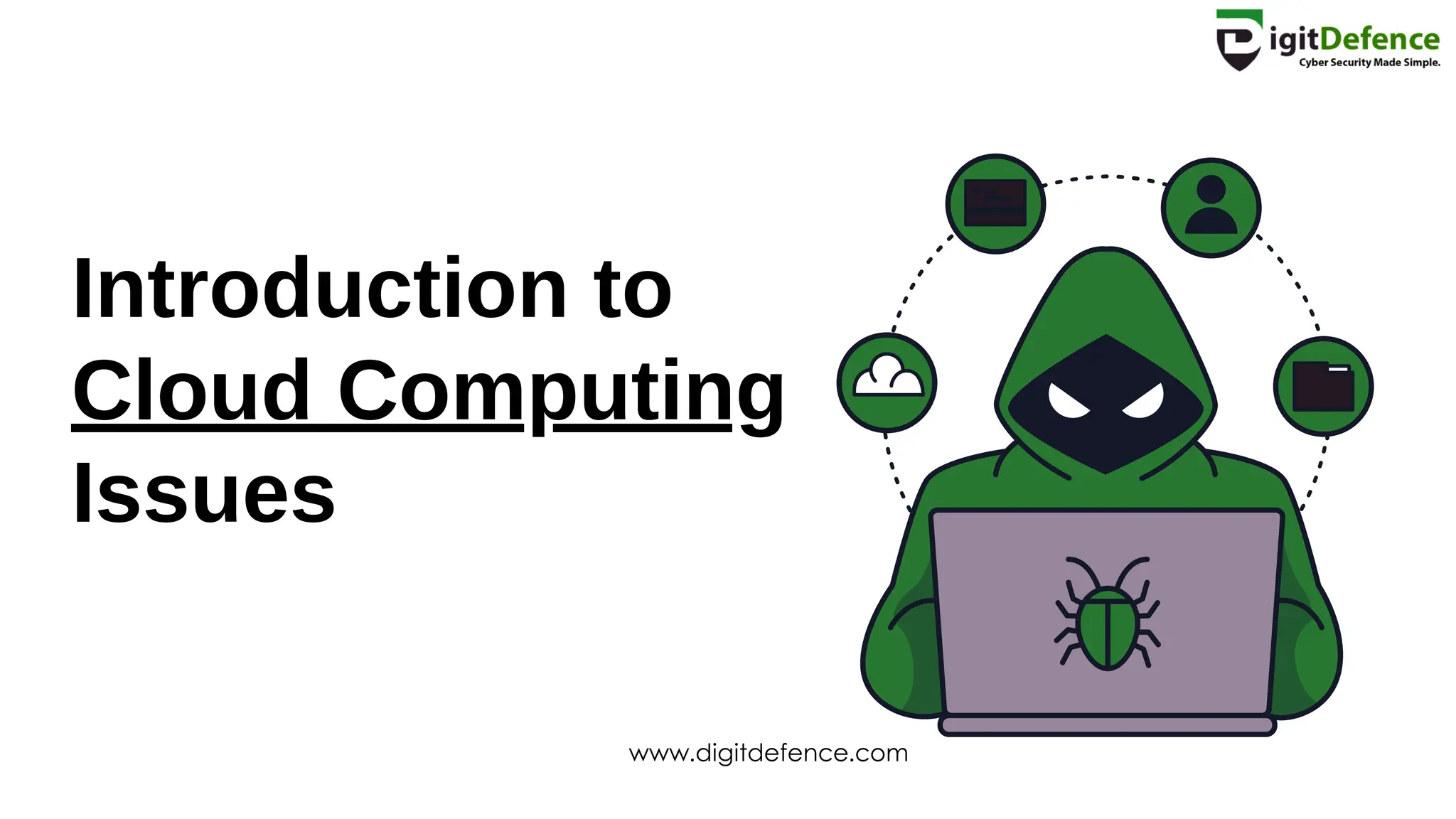The document provides an overview of cloud computing, emphasizing its definition, benefits for businesses, and associated risks such as data security and compliance challenges. It highlights issues with multi-cloud environments, performance challenges, and best practices for data security and governance. Effective management strategies, including streamlined governance frameworks and cost management, are essential for optimizing multi-cloud deployments.








